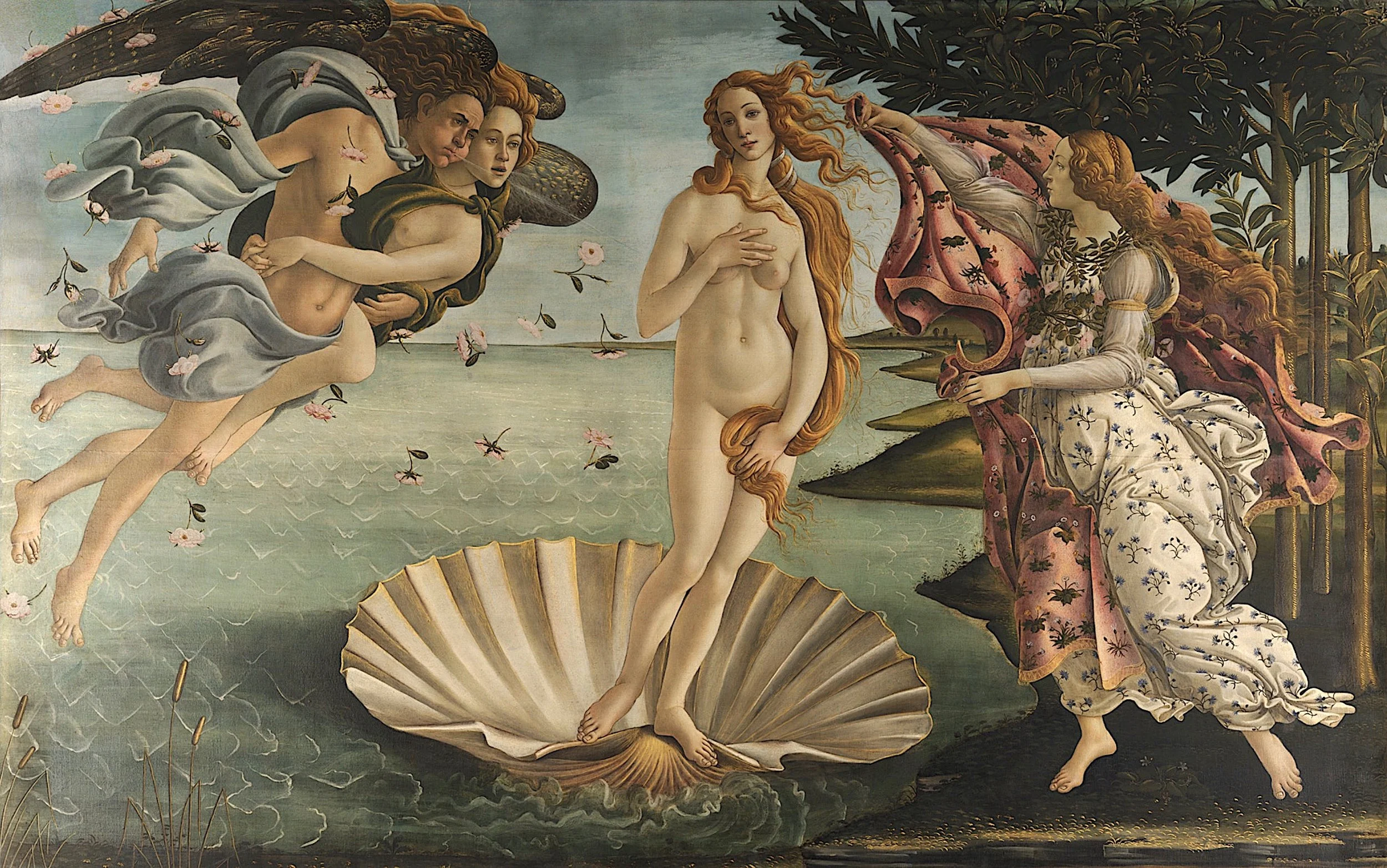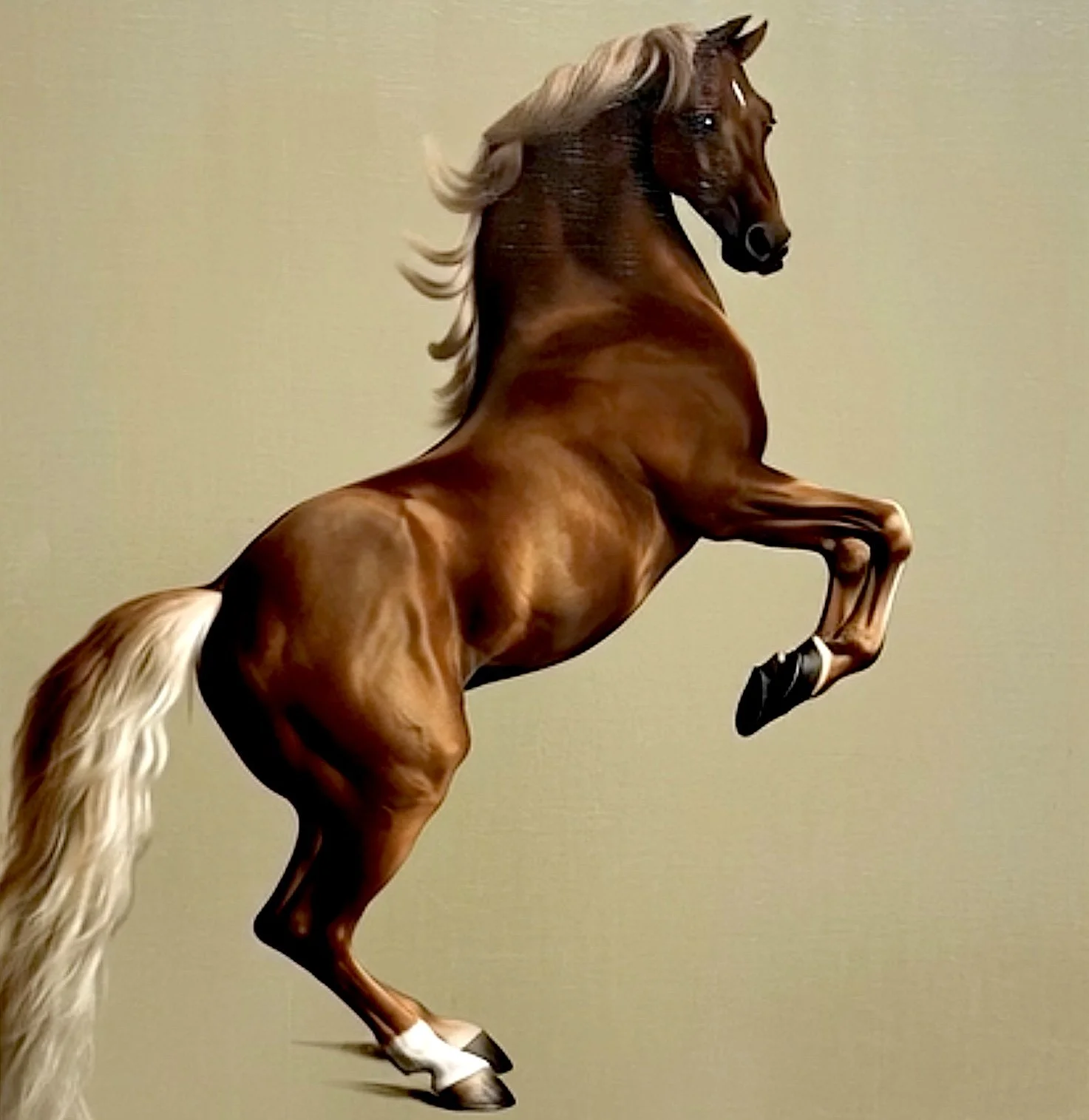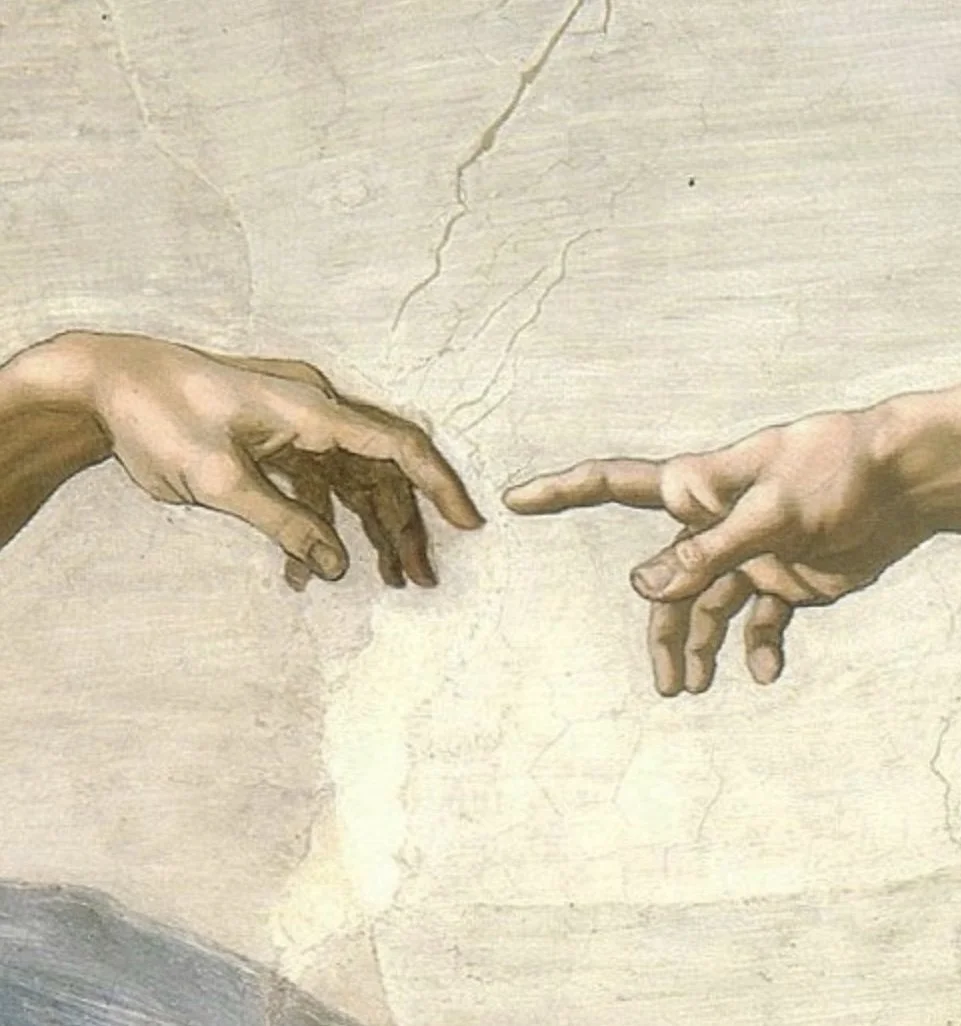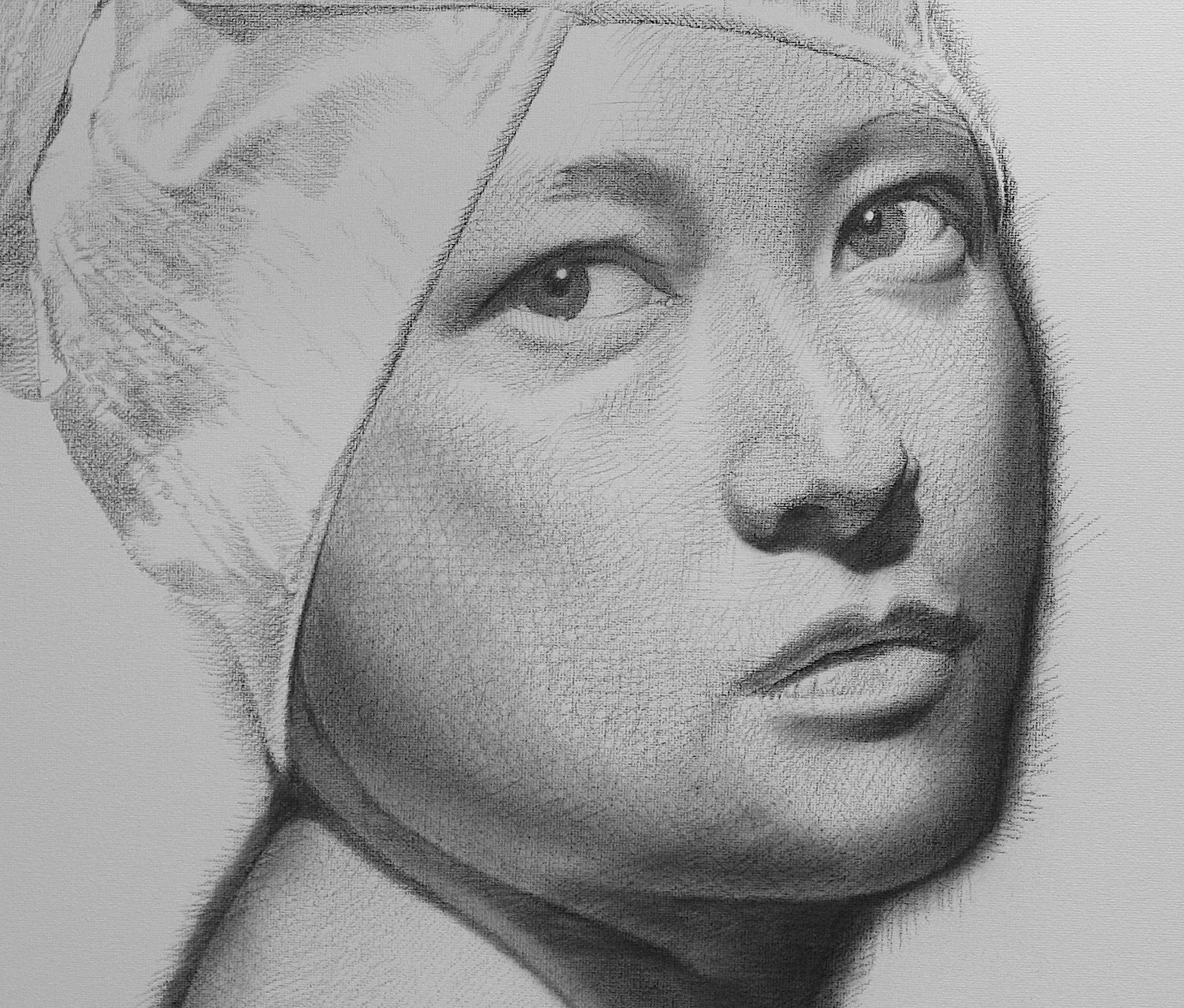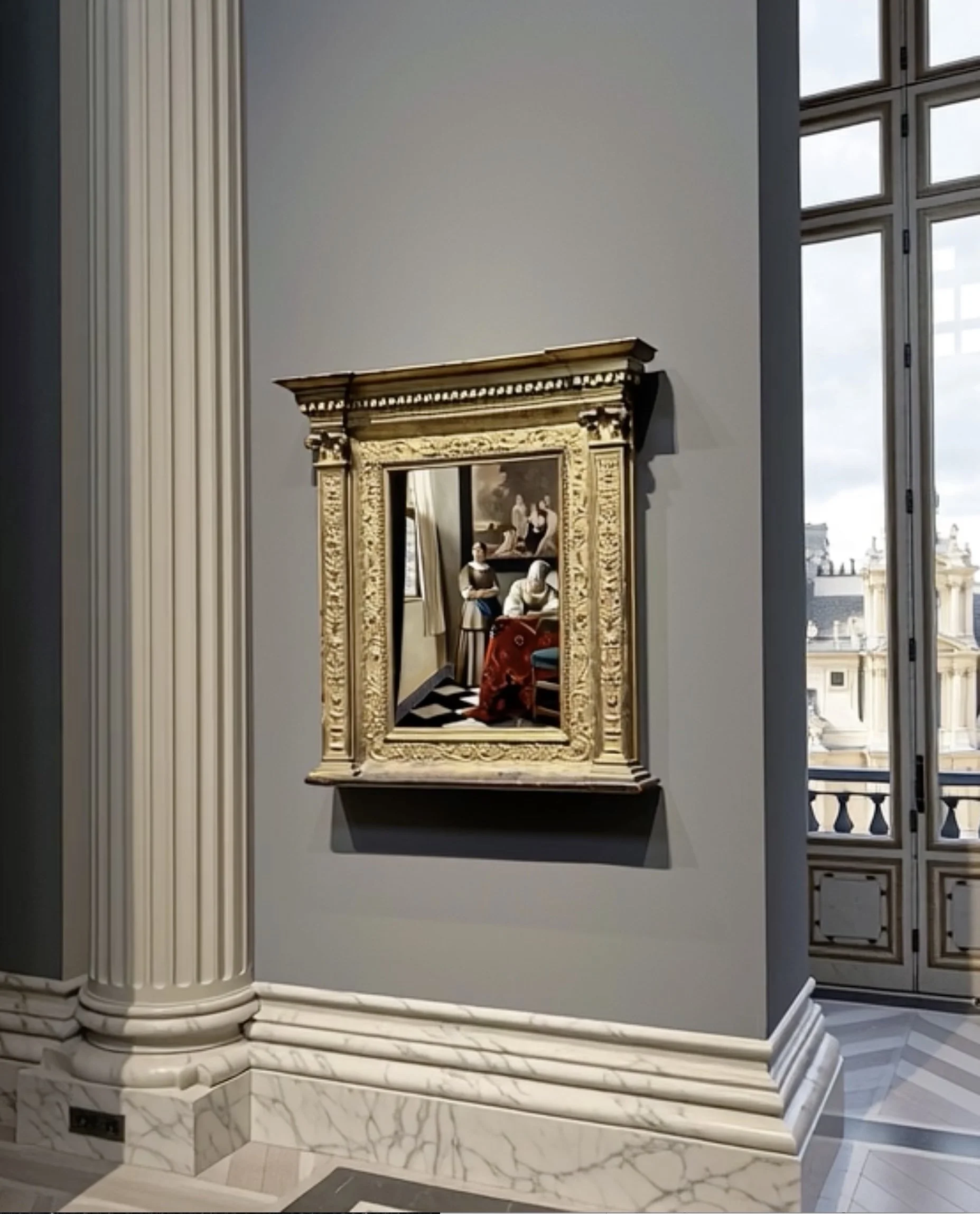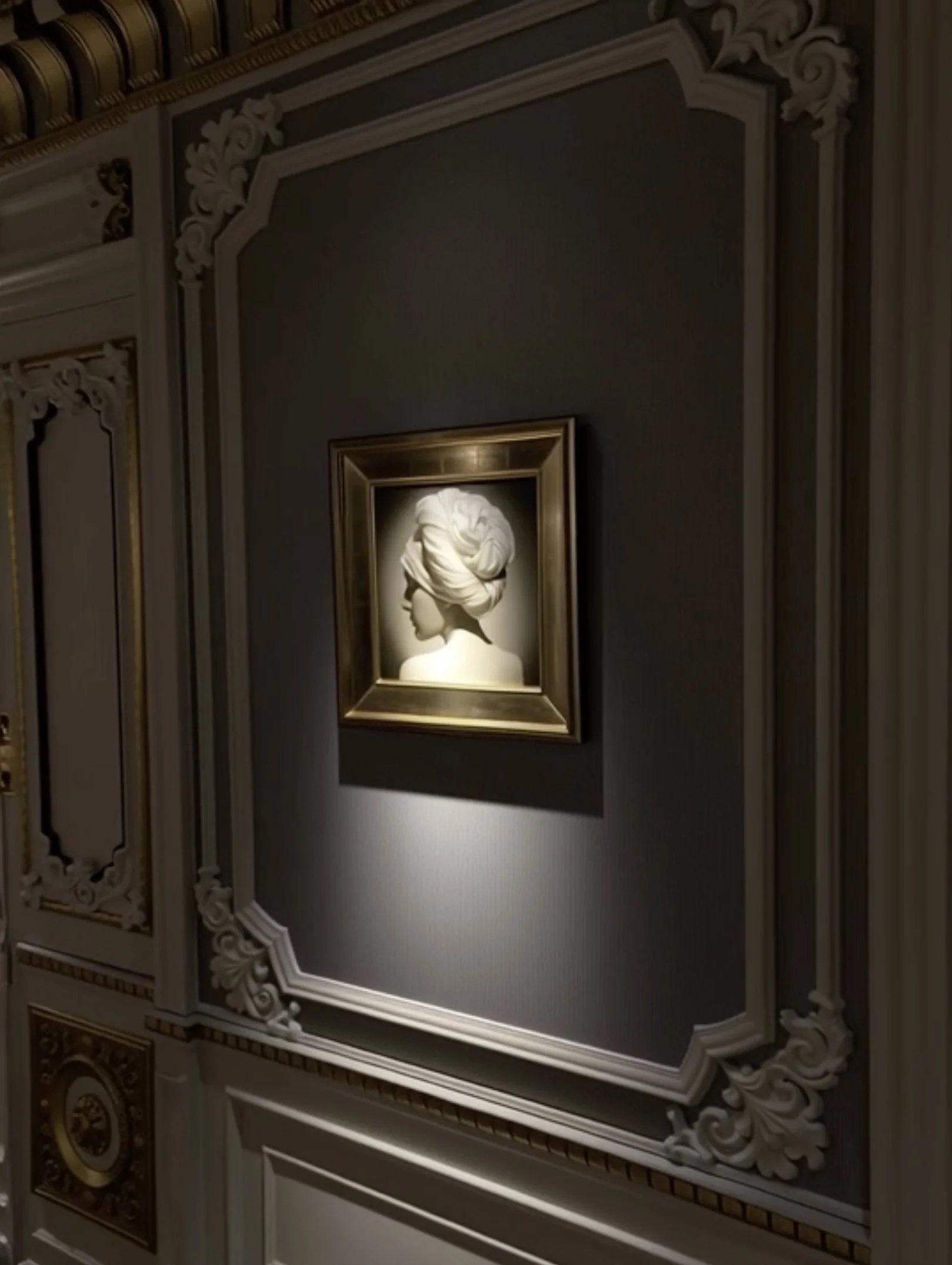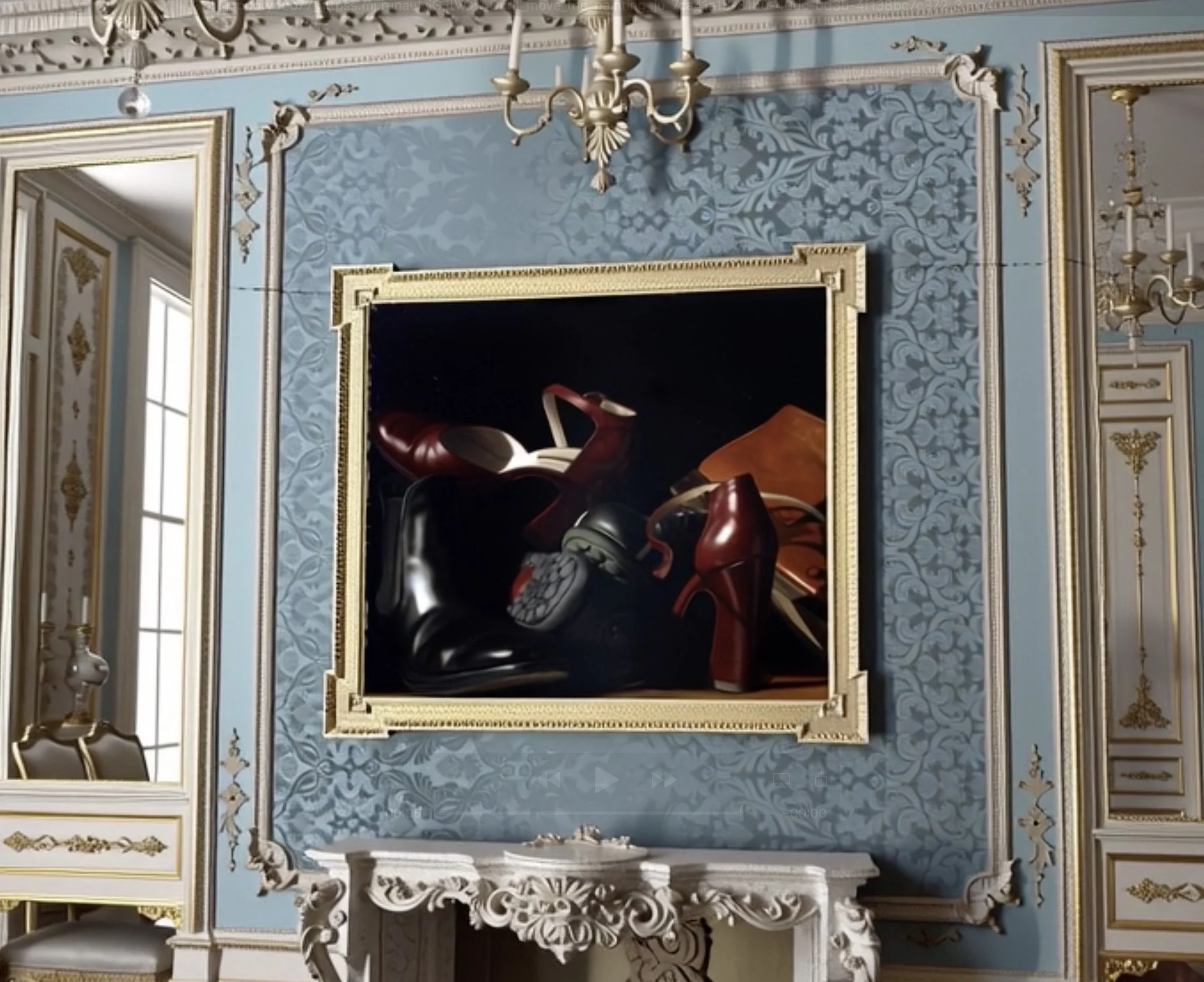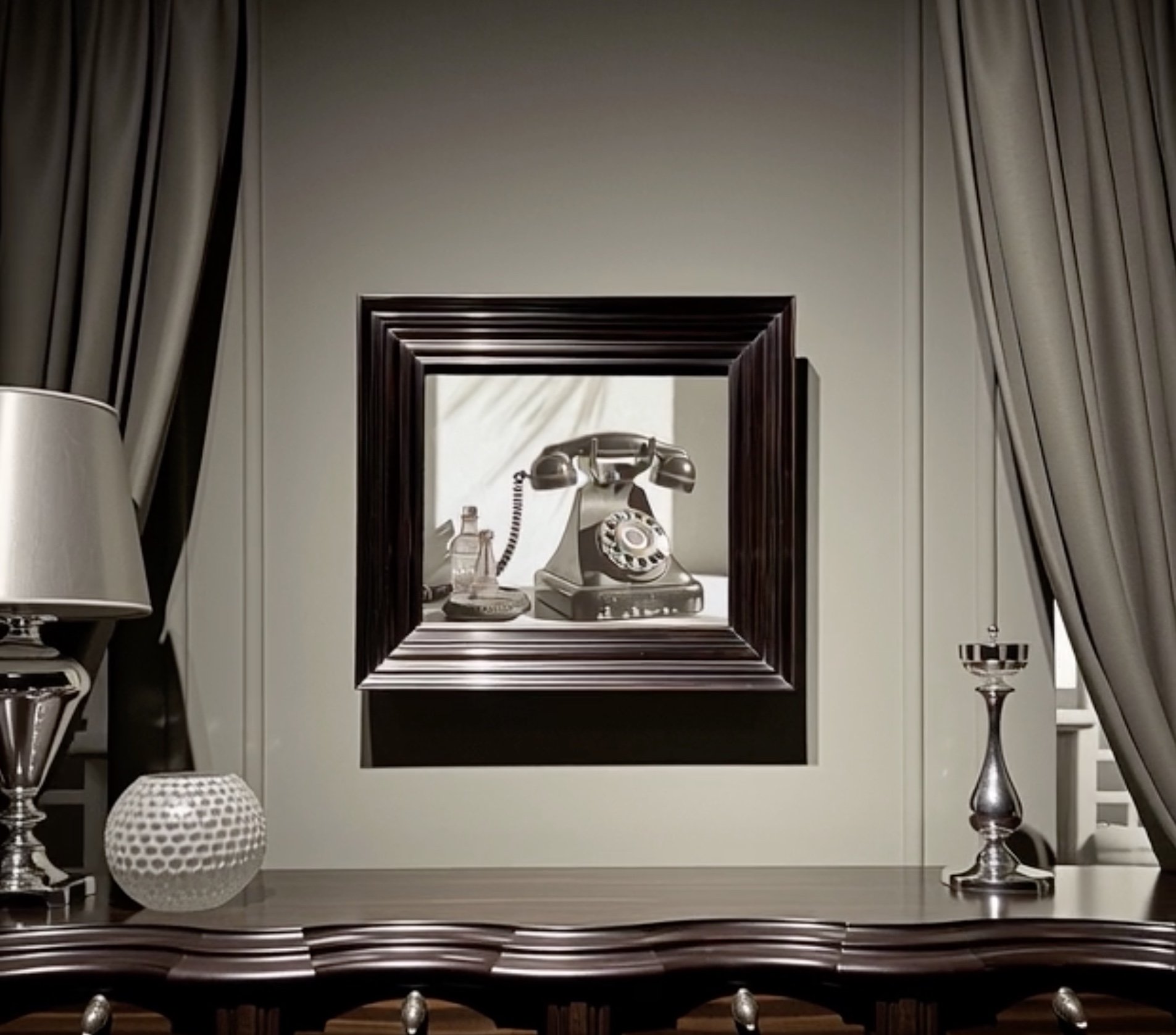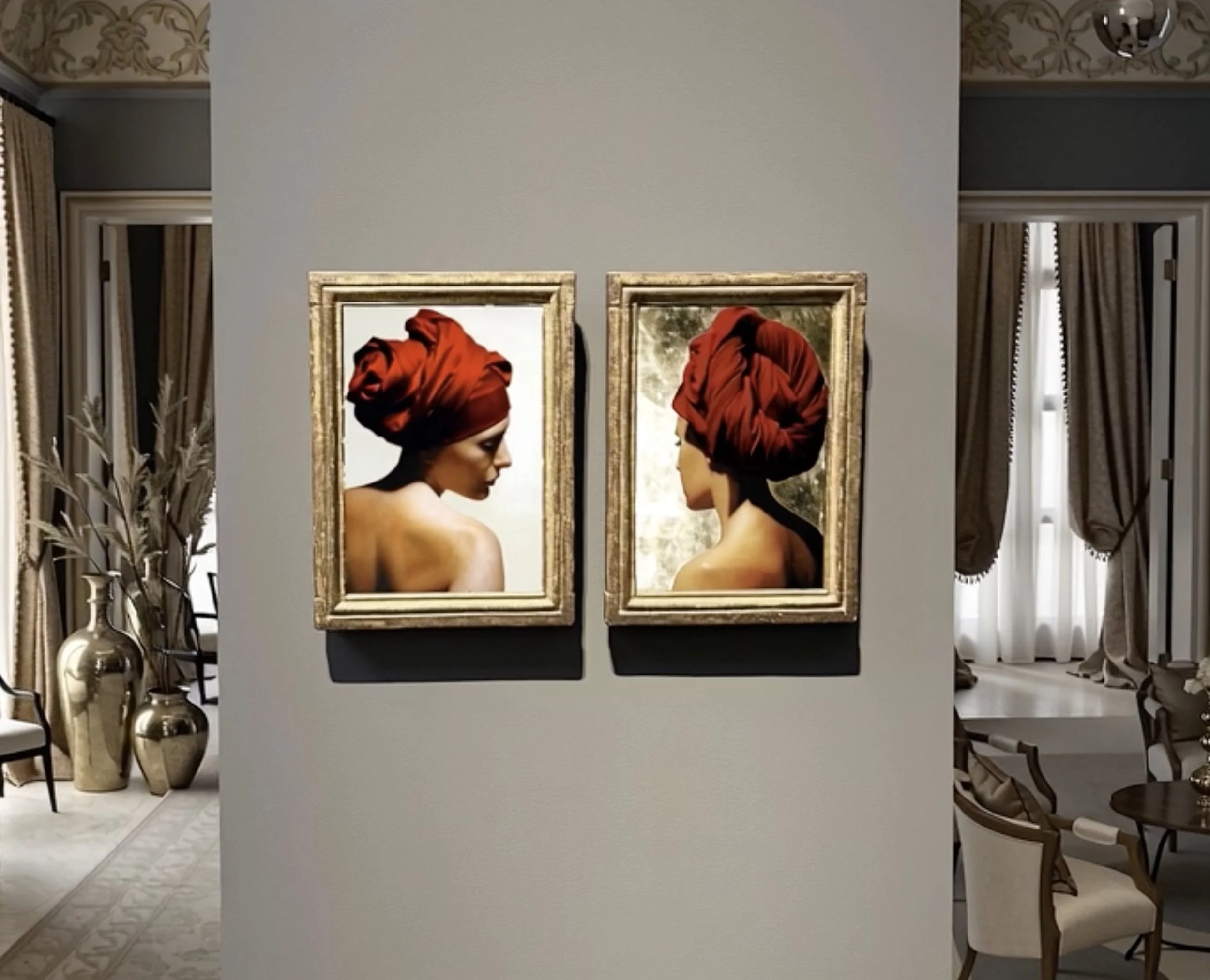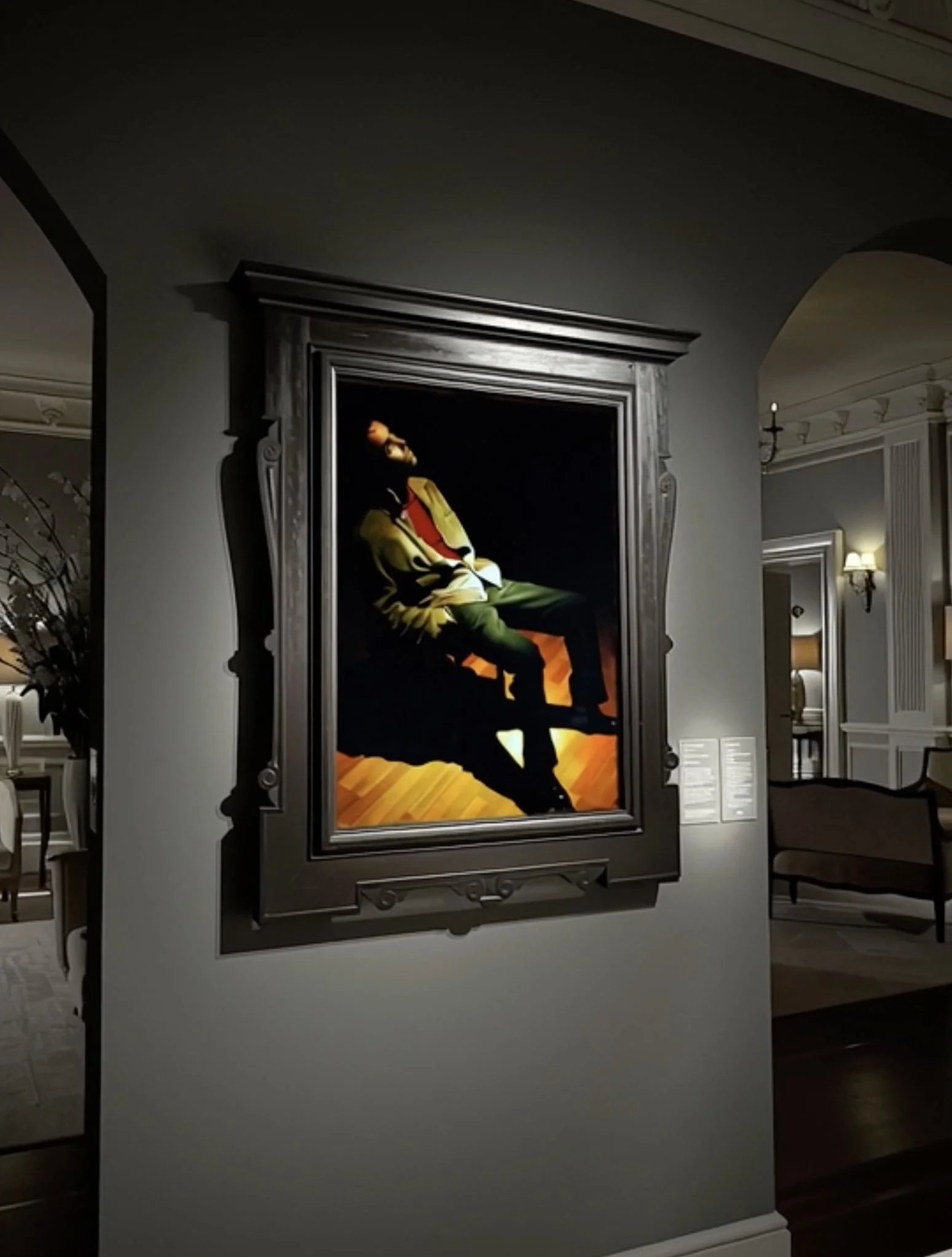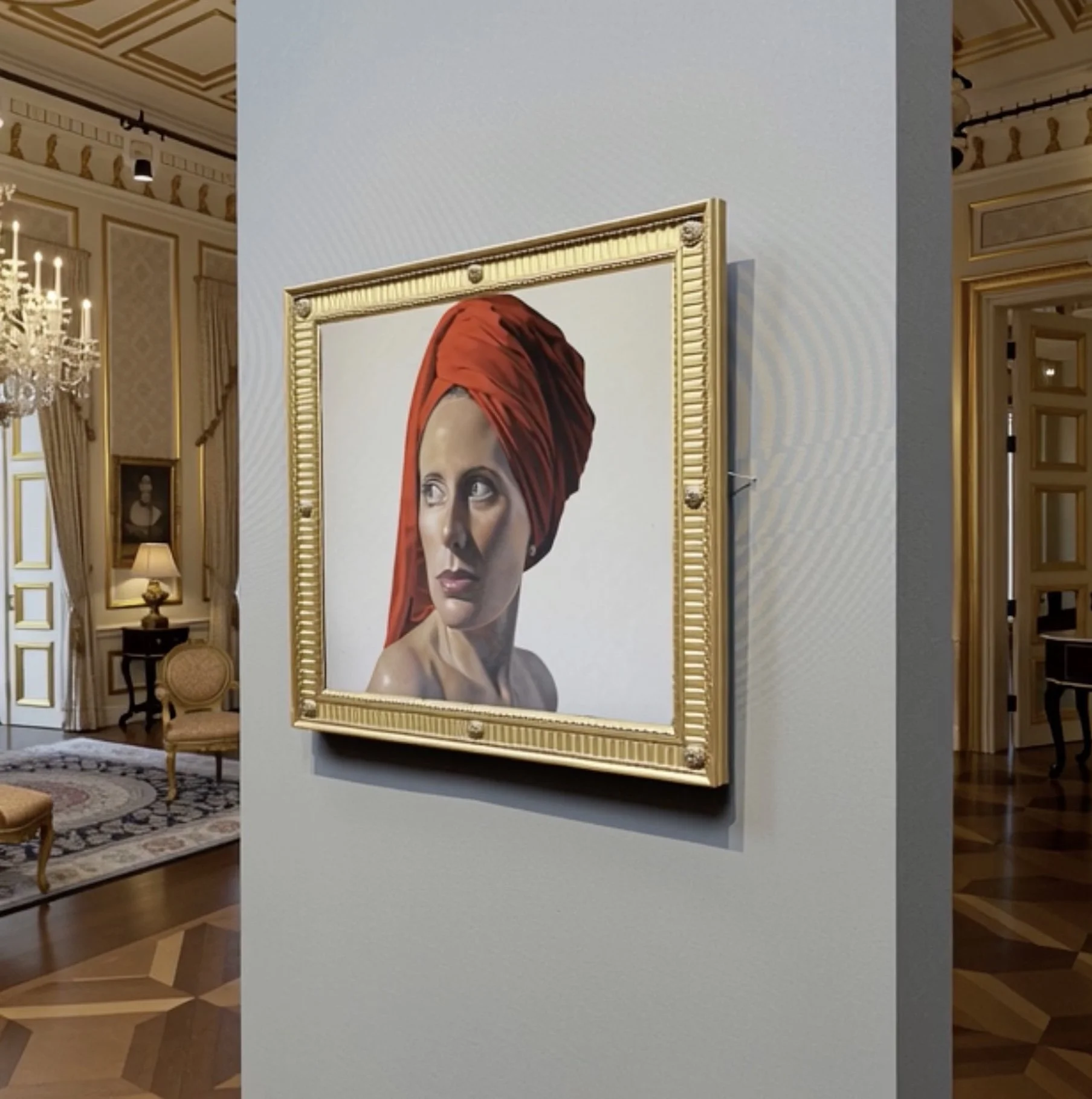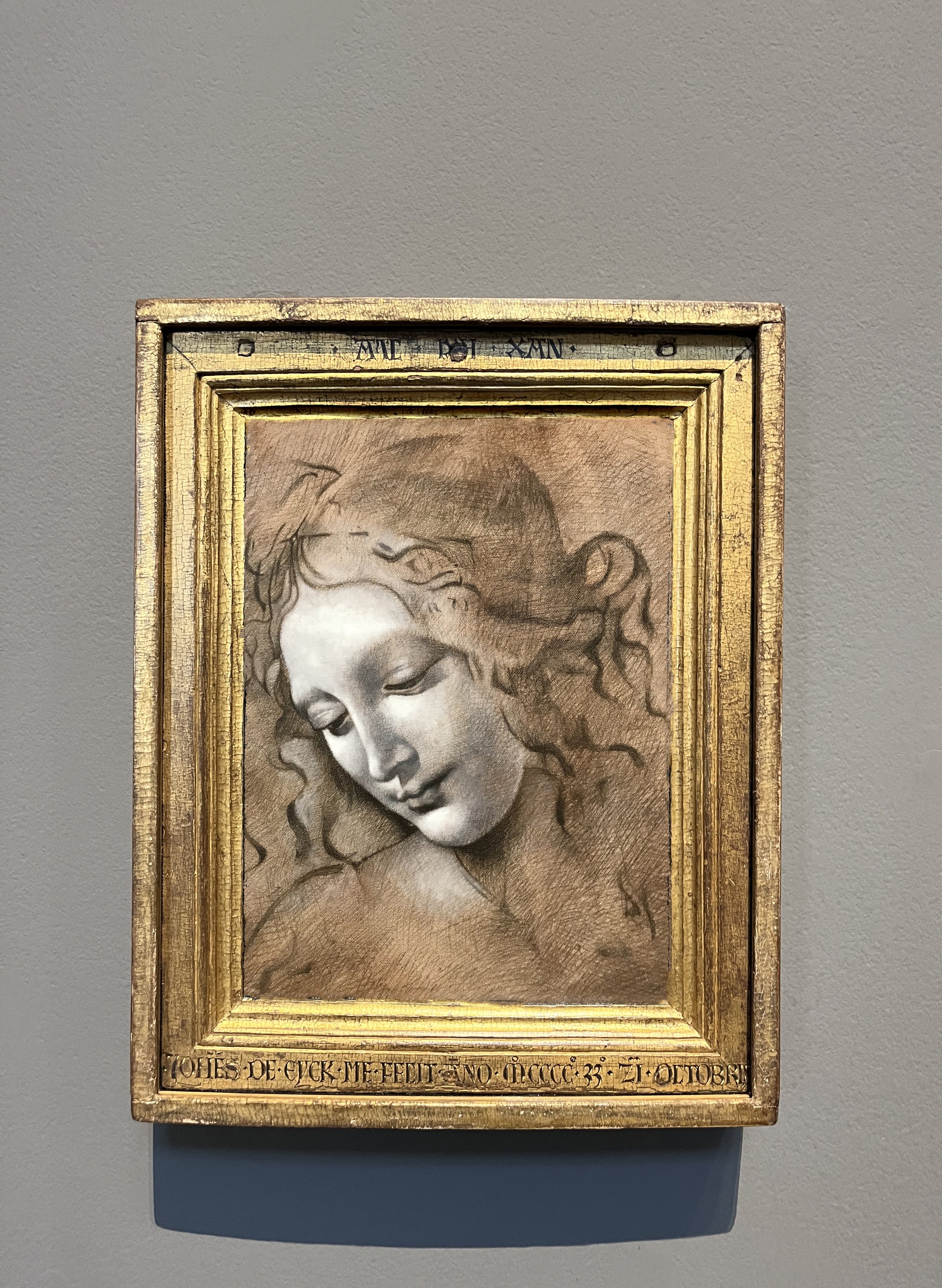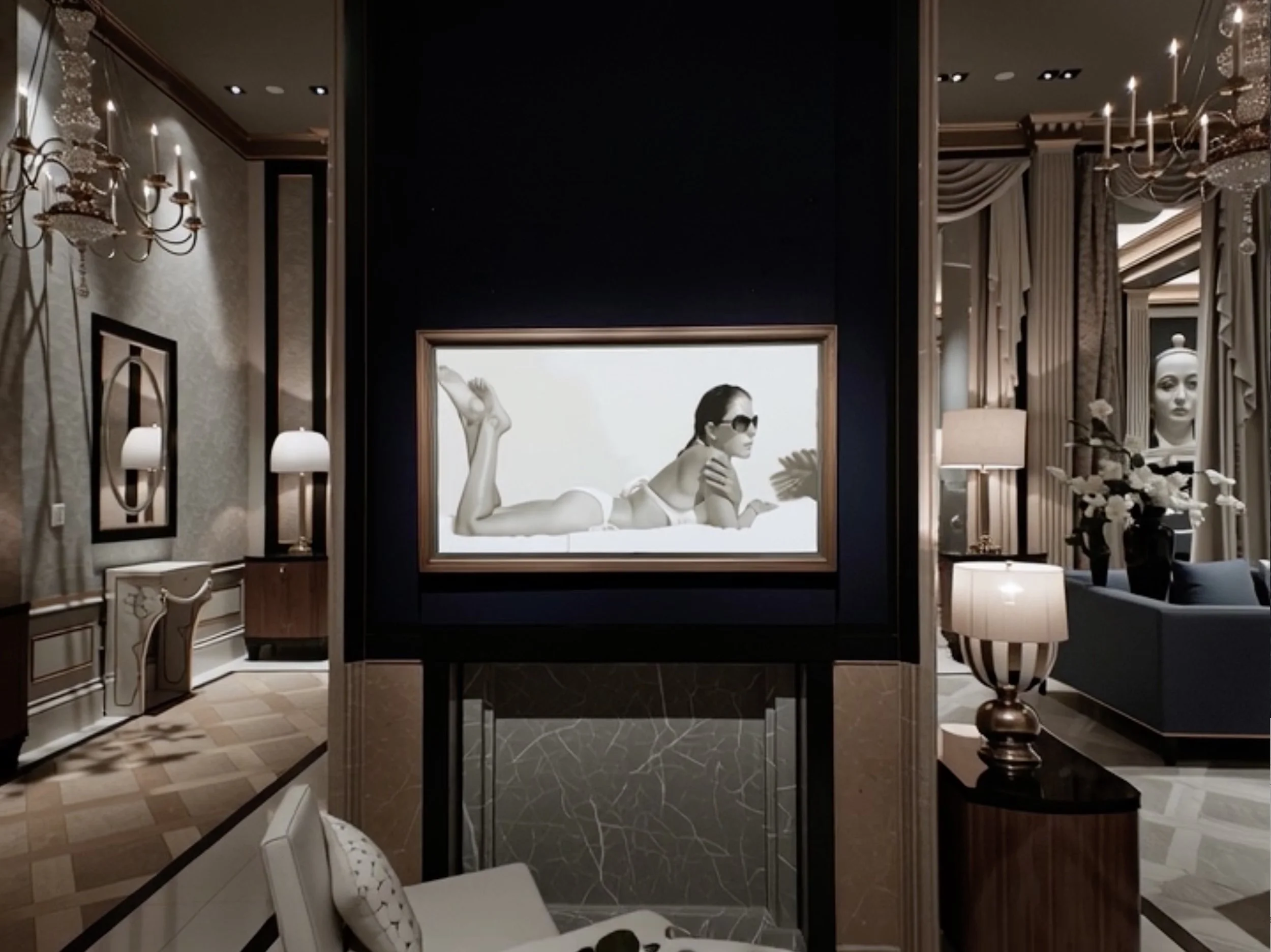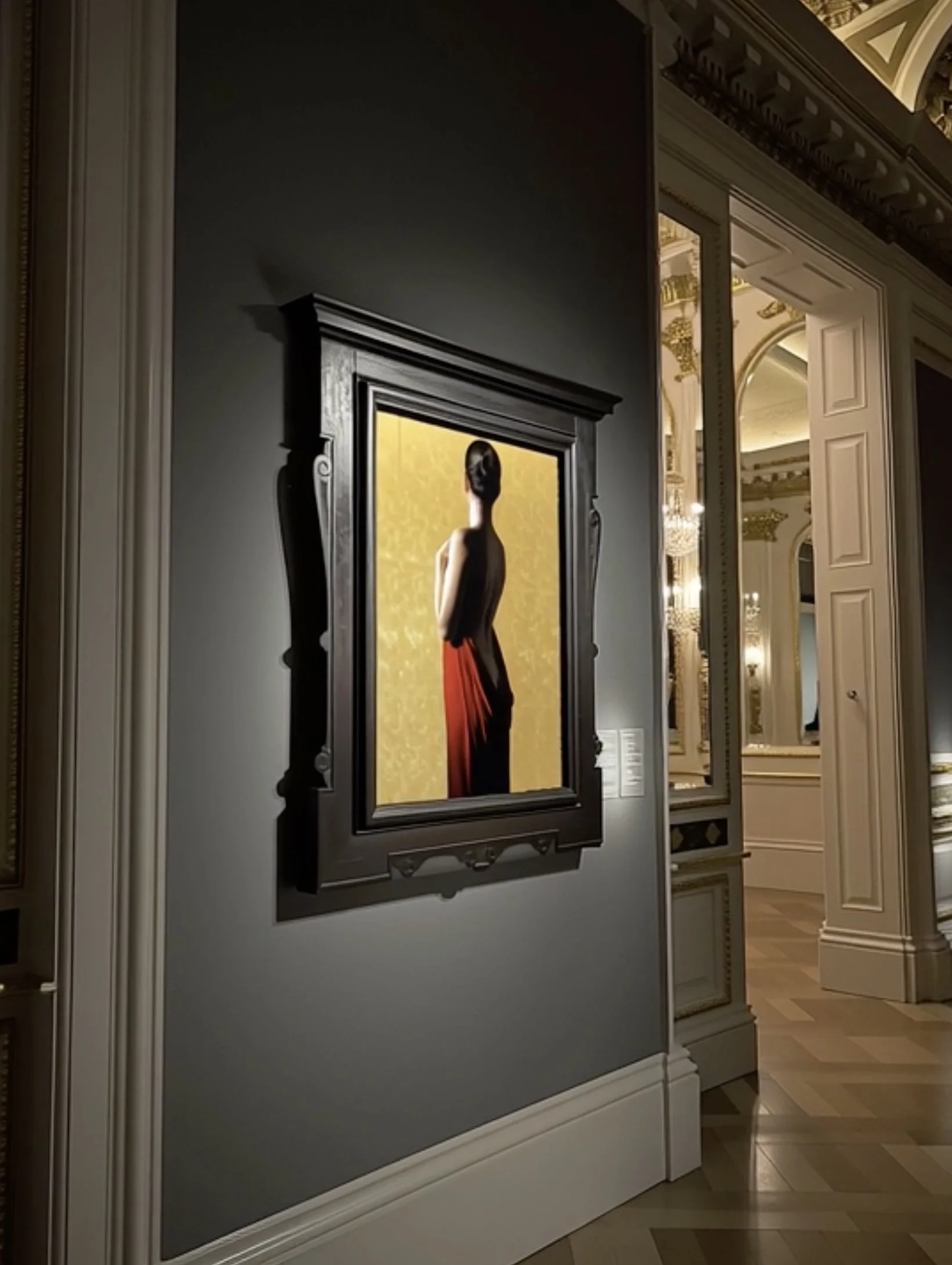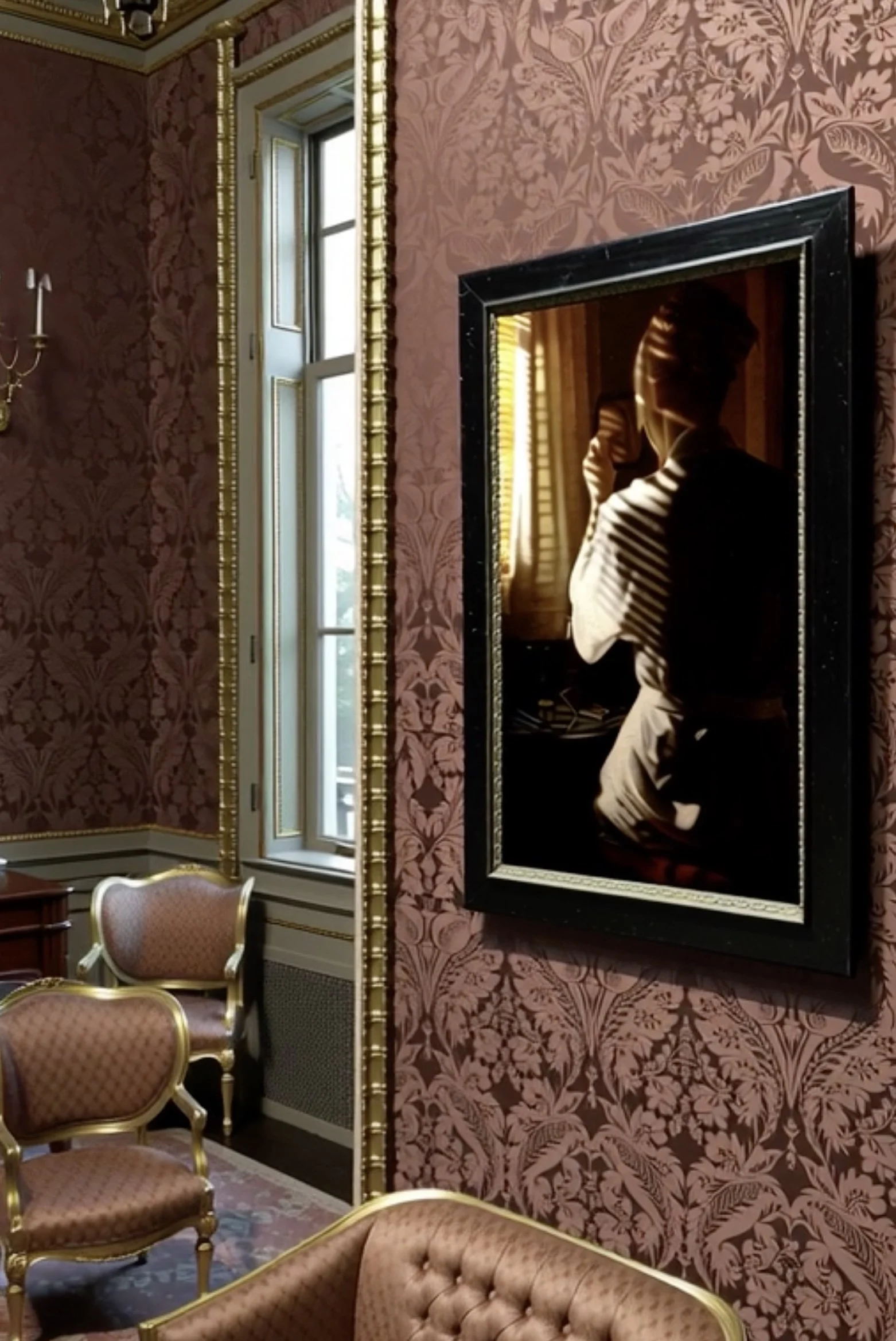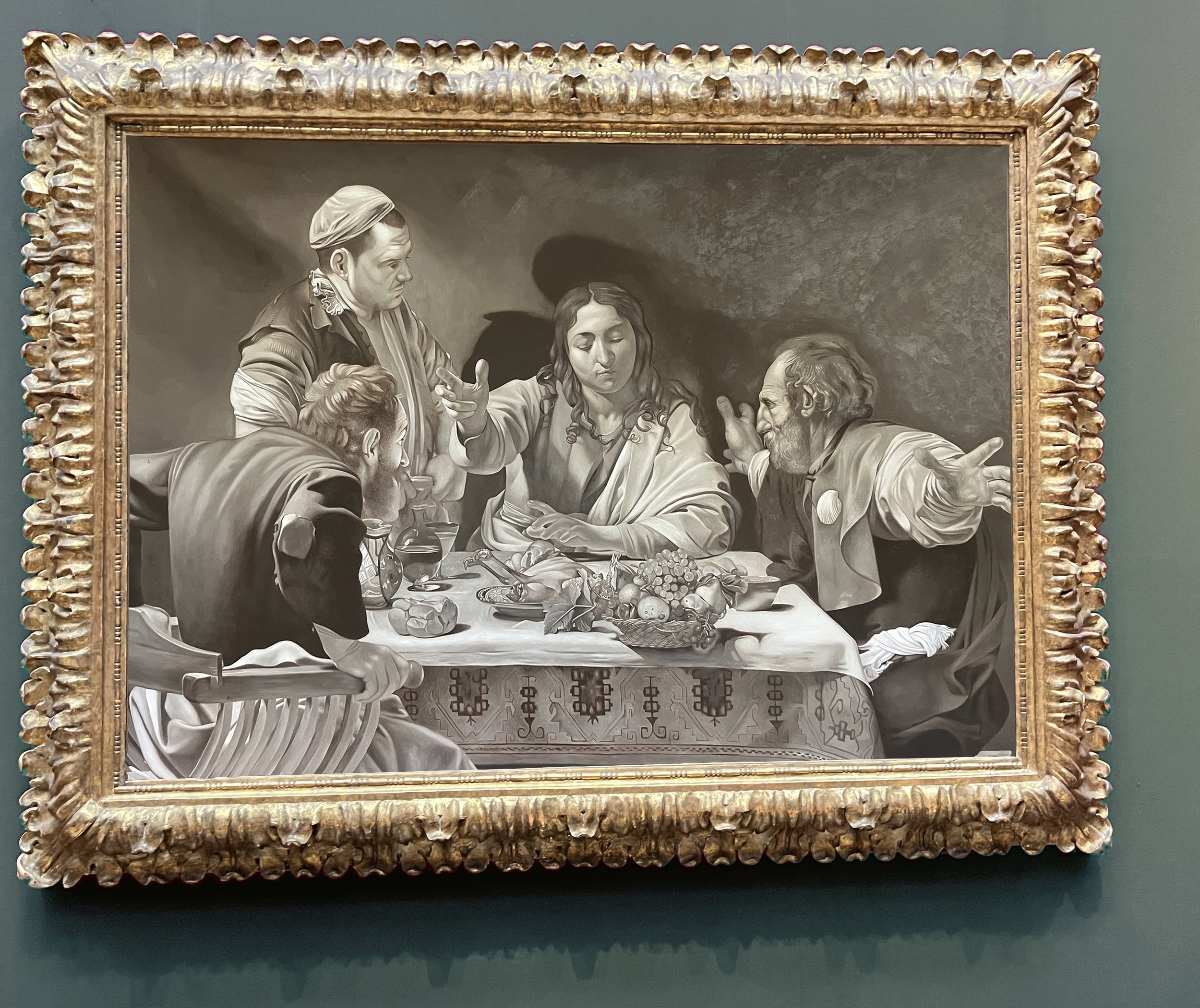
Bespoke paintings in the tradition of the Old Masters
Imagine owning a painting created with the same devotion, technique and depth of beauty that defined the great artistic masters of history, but made exclusively for you. Each commission is a unique collaboration, uniting timeless craftsmanship with your personal vision to create an heirloom that will endure for generations.
COMMISSION OPTIONS
A selection of my Paintings and Commissions
About me, the Artist
My paintings can be found in private collections across the globe, gracing superyachts, private jets, luxury hotels, cruise ships, and refined private homes.
Trained at the Atelier Neo Medici in Monflanquin, France, under grand master Patrick Betaudier, I specialise in the traditional painting methods of the Old Masters - underdrawing, underpainting and glazing.
My practice focuses on preserving these techniques while offering my clients bespoke work that merges historical mastery with personal meaning.
Based in Aix-en-Provence, France, I create each work ensuring the same devotion to craft that guided the Master Painters of the 16th and 17th centuries.

